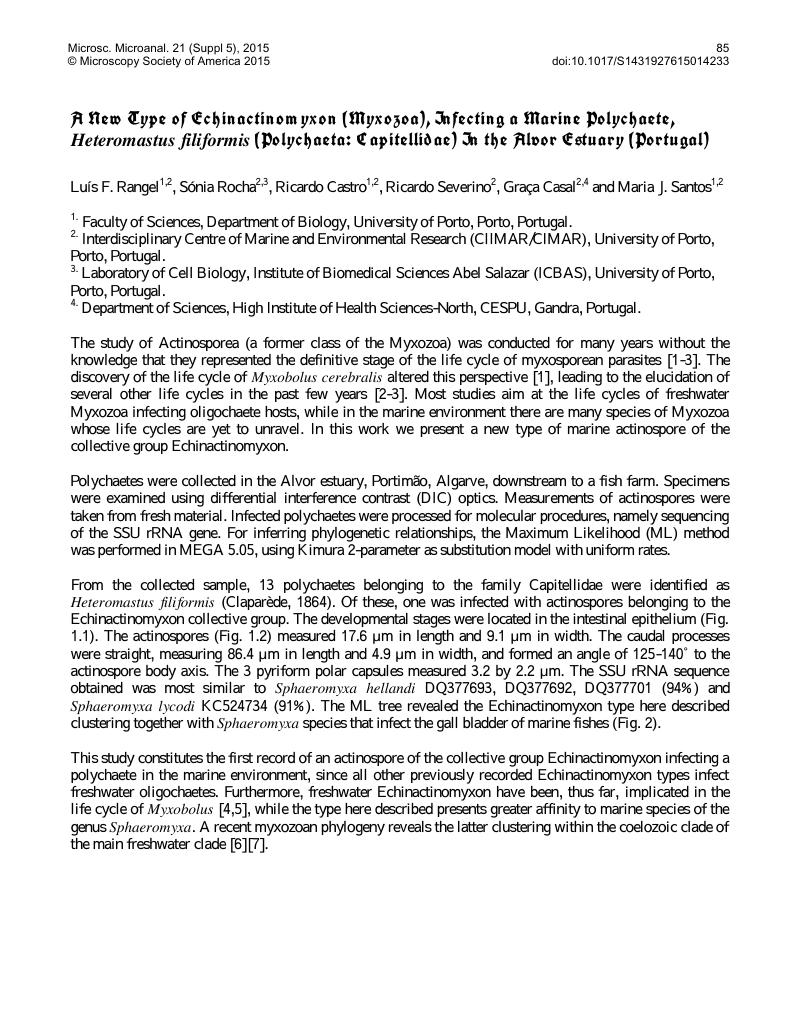Crossref Citations
This article has been cited by the following publications. This list is generated based on data provided by Crossref.
RANGEL, LUIS F.
CASTRO, RICARDO
ROCHA, SÓNIA
SEVERINO, RICARDO
CASAL, GRAÇA
AZEVEDO, CARLOS
CAVALEIRO, FRANCISCA
and
SANTOS, MARIA J.
2016.
Tetractinomyxon stages genetically consistent withSphaerospora dicentrarchi(Myxozoa: Sphaerosporidae) found inCapitellasp. (Polychaeta: Capitellidae) suggest potential role of marine polychaetes in parasite's life cycle.
Parasitology,
Vol. 143,
Issue. 8,
p.
1067.
Atkinson, Stephen D.
Hallett, Sascha L.
Díaz-Morales, Dakeishla
Bartholomew, Jerri L.
and
Buron, Isaure de
2019.
First Myxozoan Infection (Cnidaria: Myxosporea) in a Marine Polychaete from North America and Erection of Actinospore Collective Group Saccimyxon.
Journal of Parasitology,
Vol. 105,
Issue. 2,
p.
252.





